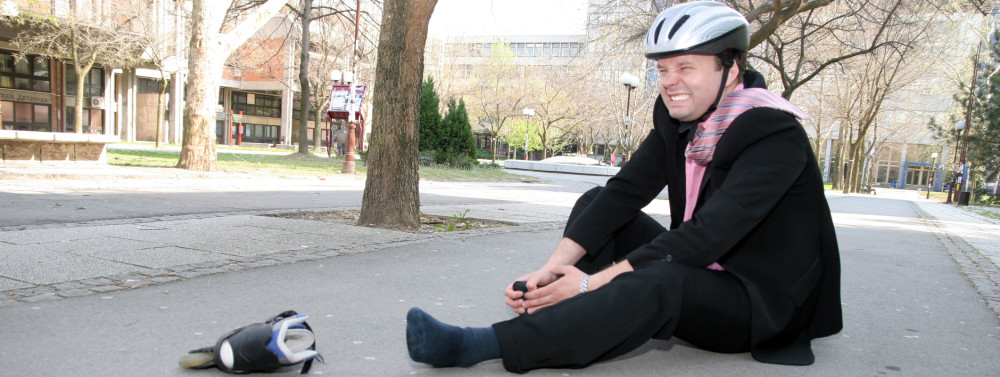Attending School with RSD
Chronic pain is a problem that can impact people of all ages. For those living with chronic pain, every day is a struggle. Some days, it may only be a nagging annoyance residing in the back of one’s mind. Other days, the pain could be so intractable that it feels like it may never stop. Sometimes, the people living with chronic pain are children. A disease called Reflex Sympathetic Dystrophy (RSD), also known as Complex Regional Pain Syndrome (CRPS), impacts people of all ages. Even though the average age of those diagnosed with this disease are between 30 and 40 years of age, school-aged children can be diagnosed with RSD. Ways that children might develop this disease include:
- A trip and fall injury on the stairs
- An injury sustained while playing sports
- Being injured riding a bicycle or skateboard
- Suffering a traumatic injury in a car accident
When children are diagnosed with RSD, this can impact the life of the entire family. Attending school with chronic pain, such as that of RSD, can be a major struggle. Because of this, it is important for parents and their children to understand some of the important points related to RSD and school attendance.
Going to School with RSD: Children
For a child who attends school with RSD, there are a number of issues that might arise. A recent survey was conducted of school-aged children who live with RSD. Some of the greatest challenges that students voiced include:
Being Believed: One of the students reported that teachers believe he suffers from Juvenile Rheumatoid Arthritis and simply needs to “loosen up.” They don’t believe the constant pain that he is in.
Focus: Because of the pain, students can have trouble focusing on their work. This can lead to poor school performance. One of the students reported that he is always in pain, making it hard to focus on work.
New Normal: One student reported that he fought his diagnosis for years and refused to accept it. He has been having trouble adjusting to a “new normal.” Now, he focuses on trying to push himself physically and mentally, having accepted his diagnosis.
Friends: Students with this disease are often picked on because they don’t “look sick” despite the pain. It is important for parents and children to make the school aware of the disease so that they can prepare for the problems that will come.
Because students with RSD are both unique in their school and may miss an extended period of time, parents must make the school aware of their child’s diagnosis. Ask the schools to prepare an online system, such as Blackboard, where students can avoid falling behind if they have to stay home for an extended period of time. Parents should be prepared to produce evidence of their child’s diagnosis, a treatment plan, and anticipation of any missed days. In response to such proactive behavior from a family, schools will often be supportive and helpful for a child with a such a severe diagnosis.
Help From A Legal Adviser
When children have been diagnosed with RSD, the impacts on a family can be significant. Some parents may wonder if their child is ever going to be able to complete their education. Other parents may consider giving up their careers to take care of a child in need. This can create complex legal issues which a legal adviser can help with. I hope you decide to contact an experienced RSD Lawyer in Sacramento, such as myself. I have experience helping families with RSD and would be honored to share my services with you.
Related Articles by Ed Smith
Contact an Experienced Reflex Sympathetic Dystrophy Attorney in Sacramento
I’m Ed Smith, an RSD Lawyer in Sacramento. If you or a family member has developed this painful condition, please give me a call at 916-382-0693 for free, friendly advice.
See our sample results here.
Image Sourcing: The image from the beginning of this article can be found on Pixabay. The CC0 Creative Commons License given permission to show it here.
:dr llo [cs 696]

